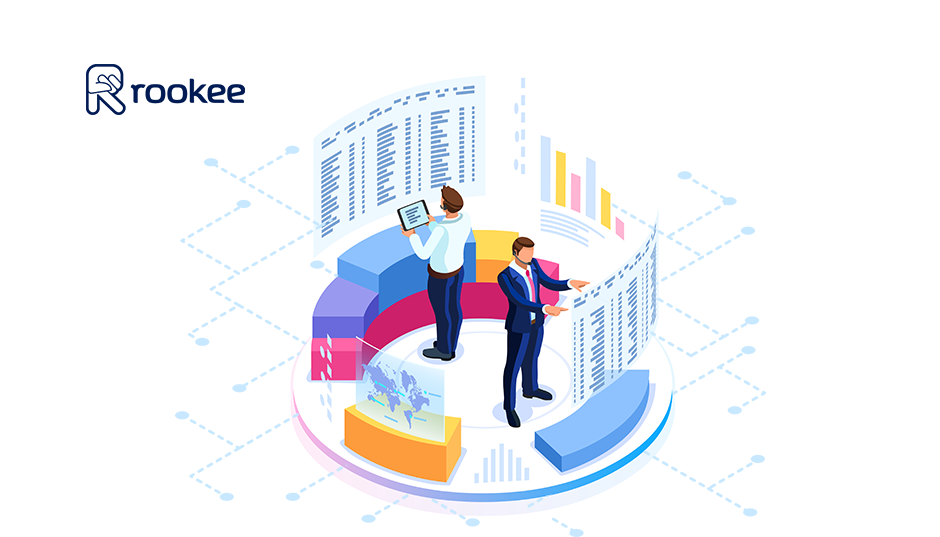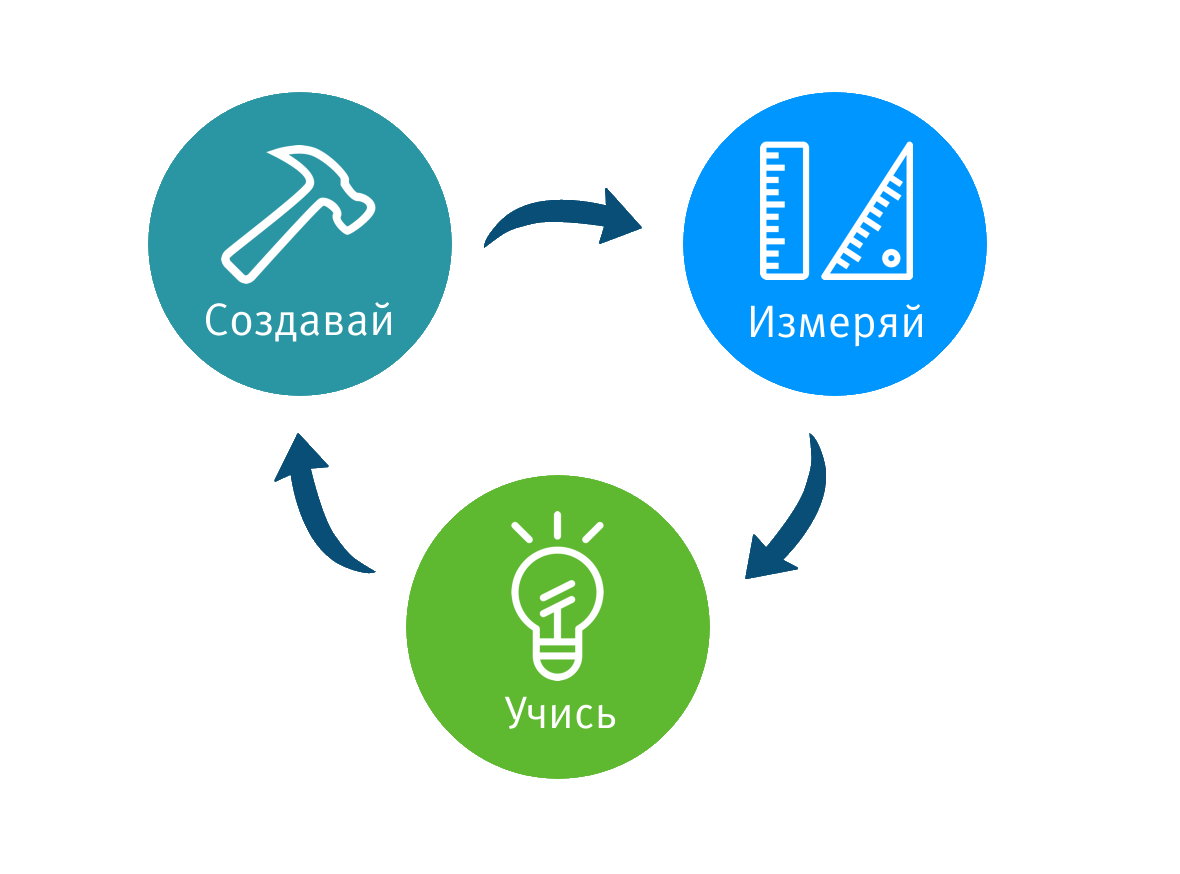How it works: the work of the team of analysts on the development of a single digital service

Who are all these people?
The analyst profession is one of the most sought after in the world. According to the director of the recruitment agency Pruffi, Alena Vladimirskaya, business analysts and all those involved in the optimization and implementation of new business processes are very much in demand and highly paid.
Modern analysts are unique people who combine a variety of qualities: from technical to managerial. But the most important condition for entering this profession is the ability for analytical thinking, which allows you to make effective decisions based on the information collected, complemented by advanced communication skills to obtain this information. Sometimes these functions are performed not by one, but by several people working together.
Oleg Sakhno, the head of research at Rookee , spoke about how this looks in practice and how different analytical tasks can be even within one service .
Why IT project analyst?
The simple answer is: to remain relevant and relevant, and perhaps to lead in a highly competitive environment, you need to understand your audience and its needs.
Understand what is happening with your service at every stage of its development and respond to market changes in a timely manner.

What analysts are doing in the Rookee service:
- Examine user behavior.
- Explore presence markets and new markets.
- Analyze the channels to attract new audiences.
- Organize the creation of new tools and control existing ones.
- Evaluate the financial benefits of new tools.
- Organize the modernization of existing tools.
- Participate in the creation of user stories, usability testing.
- Segment the audience (divide the audience into groups, where they are combined according to similar needs).
- Build models of user behavior in the service.
How it works
In Rookee service, product development is based on the Lean concept (lean manufacturing, from English lean production, lean manufacturing), which implies the involvement of every employee in the business optimization process and maximum consumer orientation. According to the concept of lean production, the assessment of the value of the product for the end user takes place at each stage of its creation. Hereinafter, by value we understand the usefulness inherent in the product from the client’s point of view.
Following this system, several different analysts can participate in the development of our product.

Business analyst
Business analyst, in our case, is also a product owner of the product team.(autonomous cross-functional team that can independently solve tasks and achieve the goals set for the project).
The business change process begins with business intelligence. It is he who determines the direction of development, identifies current needs of the audience, decides how to close them in terms of business value, formulates and tests hypotheses. For example, he decides that it is more relevant for users of the service at a given time, to expand the supplier base or to increase the number of parameters for promotion in search engines.
Main tasks:
- monitoring and analysis of operating and product statistics;
- participation in the preparation of strategic decisions regarding products and pricing;
- creation of a predictive (forecast) demand model;
- setting goals for the development of new reports and monitoring systems.
UX-analyst
In the process of working on the study of the user audience, their behavioral reactions, motives, goals and needs, designing user interaction, etc., UX-analytics are connected to the product team.
Main tasks:
- perform deep behavioral and scenario analysis of customers;
- create Customer Journey Maps (customer’s way maps) and User Journey Maps (user’s way maps);
- work out experiments with product managers, designers, and UX specialists;
- process the results: visualize the data, draw conclusions based on them;
- improve metrics, look for ways to process data to extract behavioral data that is important for understanding.
Example of the UX-analyst's work
Task: Design an optimal solution for expanding the user's conversion funnel before payment from mobile devices.
What the UX analyst does: Analyzes user interaction with the service interface from mobile devices, makes Customer Journey Maps and User Journey Maps user, develops growth hypotheses, designs solutions to optimize the user's way to payment, analyzes the effectiveness of the solution.
System analyst
After determining the business requirements, the task moves to the level of system analysts. Together with UX-analysts, they decide with what functionality a particular user need will be closed.
In particular, the system analyst determines the data processing algorithm, and the UX-specialist determines the value supply chain (determines how the data on the page will be structured and how they are related to each other from the user's point of view).
An example of a system analyst's work.
Task: Implement a new semantic core in the SEO-master (a tool that helps a user to customize an advertising campaign in a service), the target indicator is an increase in the average check, an increase in conversion to created projects.
What the system analyst does: analyzes user interaction with the selection of semantic kernels, analyzes user needs, develops the implementation plan and growth hypotheses, designs and runs the A / B test, assesses the result, collects feedback, performs the second A / B test iteration, again collects feedback, launches a new test, and so on until the goal is reached.
RnD analyst
If the task requires machine learning, building a complex mathematical model, analyzing a large amount of data, the direction of RnD, namely technology analysts, is involved. Their task is to develop an algorithm (create a prototype) of creating a sample of value. It will not be a solution that is immediately integrated into the working system, but it is a technology that is guaranteed to give value to the client (will be significant for him).
An example of RnD analytics work:
Task: Implement an optimal rate optimization mechanism when running an advertising campaign in Yandex.Direct (we need “more traffic” and “more leads” strategies), taking into account the features of Yandex.Direct configuration and the features of the Yandex.Direct API and its limitations.
What does RnD analyst do: it creates an algorithm for optimizing rates, taking into account the above features, testing the algorithm, proving the value of optimization (increasing the number of leads or traffic by 20% or more), passes the algorithm into operation.
Analyst of advertising channels
In his work, RnD analyst attracts specialized analysts of advertising channels . These are carriers of high-level advertising expertise that can develop value-creating methods. In particular, this is an examination of working with Yandex.Direct. The task of analytics of advertising channels is to describe the optimal process of placing rates, and the task of RnD analytics is to automate this process.
Following this stage, the task of a system analyst and a UX-specialist, based on a ready-made prototype, formulate requirements for developers in such a way that everything conceived is integrated into the product.
Example of analytics of advertising channels:
Continuing with the history of working with Yandex.Direct, the analyst of advertising channels tests and forms the optimal process of putting rates: regularity, what the rate should depend on, maximum and minimum rates, what factors should influence rate placing, how to take into account others influence factors.
Grocery Analyst
No matter how paradoxical it may sound, the grocery analyst in the Rookee service is not part of the grocery team. It works directly with the Product Manager.
The main tasks of the product analyst:
- Forms a single information field and provides analytical support for product teams.
- Collects information about audience segments that may be affected by product changes.
- It monitors the tree of grocery metrics (quantitative and qualitative indicators of the work and use of the product).
Thus, product teams focus on product development, without wasting time collecting analytics and building initial hypotheses. And the Product Manager receives analytical support for operations.
Example of product analytics:
Task: Assess the results of the A / B test of introducing a new semantic core in accordance with the target metrics of the new tool and assess the indirect impact of the new tool on other product metrics
What the product analyst does: collects the requirements for the implementation report format with the product manager and product owner, prepares a report, analyzes the correlation of the introduction of a new tool and changes in its product metrics.
Financial analyst
It employs very smart guys who evaluate the profitability of projects, are responsible for their financial and economic analysis, are engaged in making financial forecasts - and much more. The work of financial analyst is a separate big story, which we will definitely tell, but next time.
To summarize,
be prepared for the fact that analytics is almost always difficult, long and expensive. Good analysts are hard to find, easy to lose and impossible to forget. But there is no way out for those who develop original IT products - it is impossible to do without high-quality analytics, going to the developer’s intuition, as it was several years ago.
It is said that more than two centuries ago, one of the Rothschilds said: "Who owns the information, he owns the world." With analytics a similar situation. Trite, but true: analytics today is the main engine of progress and the key to the success of any IT project.
The article used materials: www.rbc.ru
